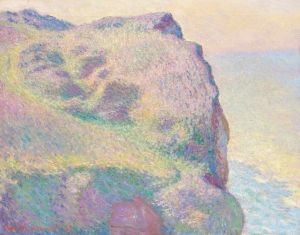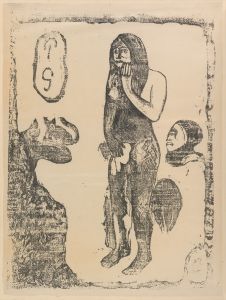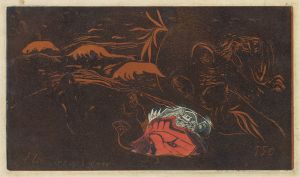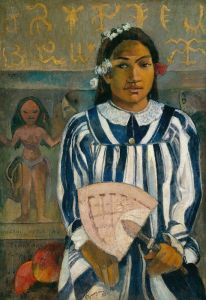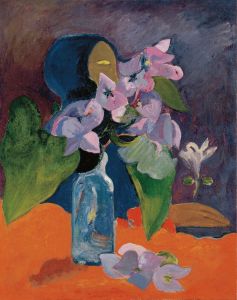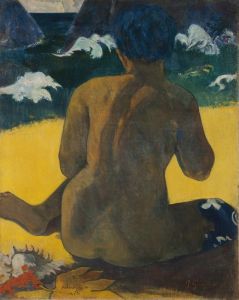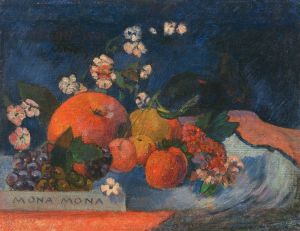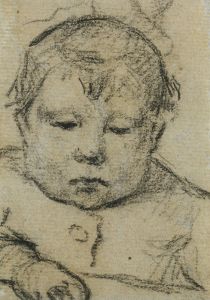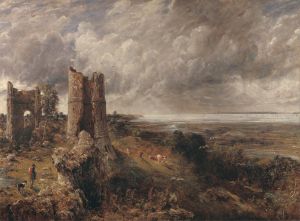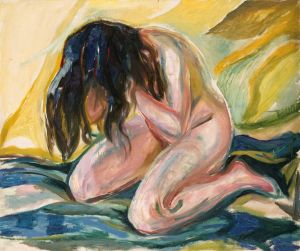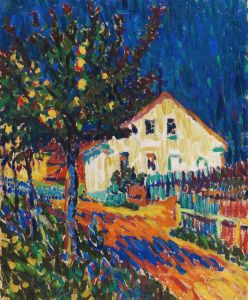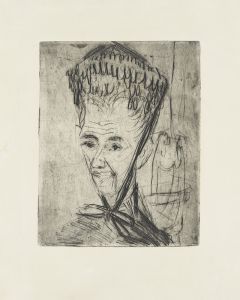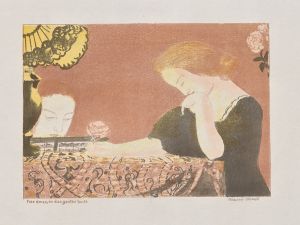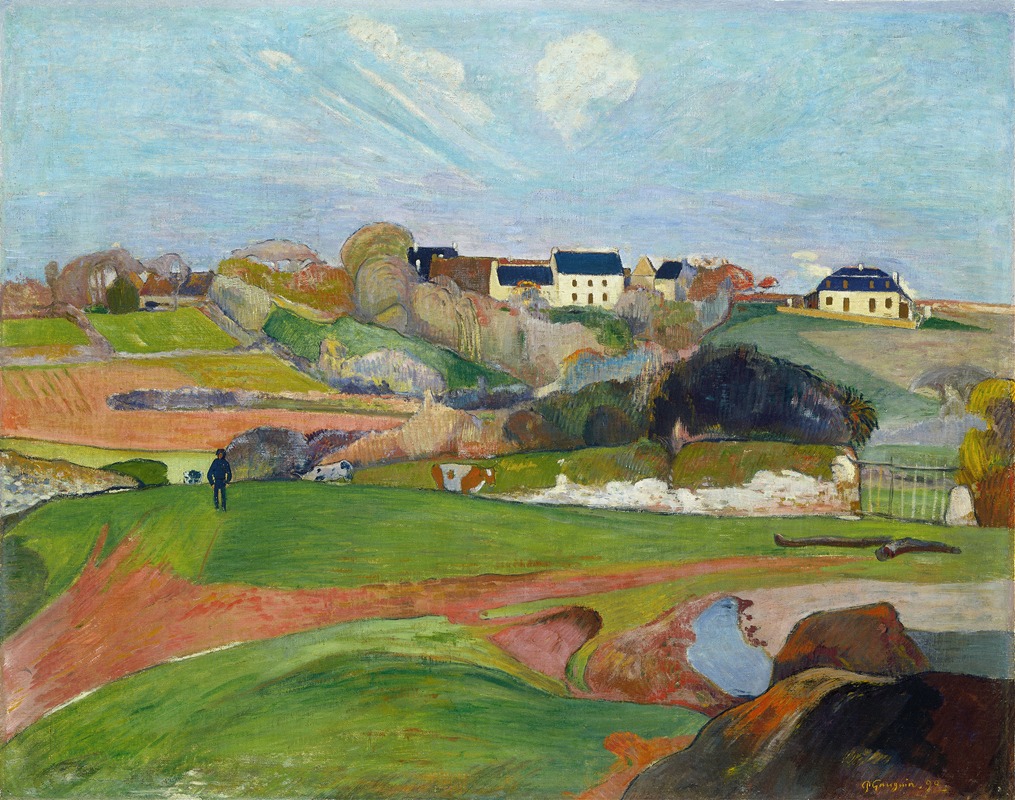
Landscape at Le Pouldu
A hand-painted replica of Paul Gauguin’s masterpiece Landscape at Le Pouldu, meticulously crafted by professional artists to capture the true essence of the original. Each piece is created with museum-quality canvas and rare mineral pigments, carefully painted by experienced artists with delicate brushstrokes and rich, layered colors to perfectly recreate the texture of the original artwork. Unlike machine-printed reproductions, this hand-painted version brings the painting to life, infused with the artist’s emotions and skill in every stroke. Whether for personal collection or home decoration, it instantly elevates the artistic atmosphere of any space.
Paul Gauguin's Landscape at Le Pouldu is a painting created during the artist's stay in the small village of Le Pouldu in Brittany, France, in the late 1880s. Gauguin, a leading figure of Post-Impressionism, sought to move away from the urban environment and academic traditions of Parisian art, instead immersing himself in rural and often remote locations to explore new artistic styles and themes. His time in Le Pouldu marked an important period in his career, as he continued to develop his distinctive use of color, form, and symbolism.
The painting depicts a rural landscape, characteristic of the Brittany region, with its rolling hills, fields, and rustic charm. Gauguin's approach to this work reflects his departure from the naturalistic representation of landscapes. Instead, he employed bold, flat areas of color and simplified forms, emphasizing the emotional and spiritual resonance of the scene rather than its literal appearance. This stylistic approach aligns with the principles of Synthetism, a technique Gauguin helped pioneer, which sought to synthesize the outward appearance of a subject with the artist's emotional response to it.
The composition of Landscape at Le Pouldu demonstrates Gauguin's interest in the interplay between nature and human presence. While the painting primarily focuses on the natural environment, subtle hints of human activity, such as paths or cultivated fields, suggest the coexistence of people and the land. Gauguin's use of vibrant, non-naturalistic colors and dynamic brushwork imbues the scene with a sense of vitality and movement, reflecting his innovative approach to landscape painting.
During his time in Le Pouldu, Gauguin lived and worked alongside other artists, including Meijer de Haan and Paul Sérusier, at the Buvette de la Plage, an inn run by Marie Henry. This period was marked by collaboration and experimentation, as the artists exchanged ideas and techniques. Gauguin's work from this time, including Landscape at Le Pouldu, reflects his growing interest in breaking away from Western artistic conventions and incorporating elements of folk art and non-European influences.
Today, Landscape at Le Pouldu is recognized as an important example of Gauguin's innovative approach to landscape painting and his broader contributions to the Post-Impressionist movement. The painting is held in a private collection or museum, though specific details about its current location may vary. It continues to be studied and appreciated for its bold use of color, form, and its reflection of Gauguin's artistic philosophy during a transformative period in his career.





